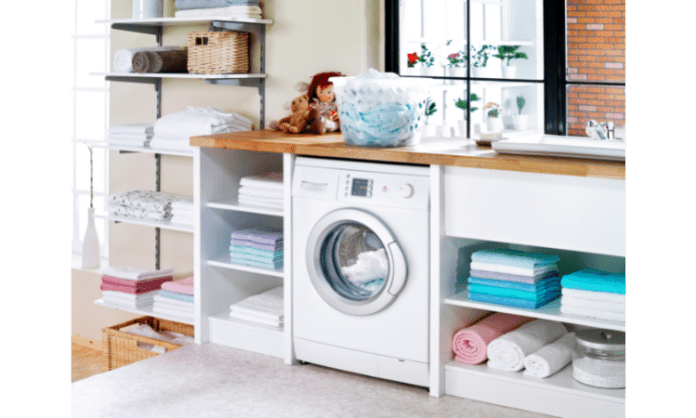
Laundry do’s and don’ts

Laundry can be a pain in the neck. It is annoying, time-consuming, and expensive. However, it doesn’t have to be this way. Laundry is an often overlooked aspect of our homes that needs attention as much as any other room in the house. With a few simple laundry tips and tricks, you can make your experience more enjoyable and less stressful than ever before.
Choose the correct water temperature. Wash your clothes in cold water.
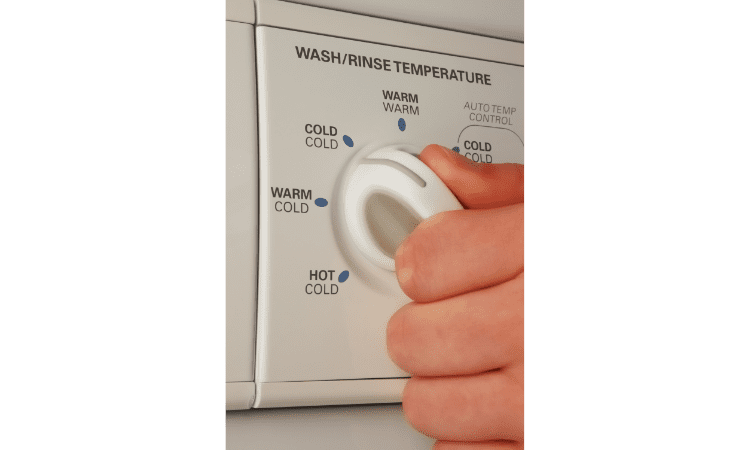
The correct water temperature is very important for clothes safety. Water temperatures higher than 60°C (140°F) can cause shrinkage, as well as damage to delicate fabrics like silk, wool and cotton. On the other hand, cold water is best for washing clothes made of synthetic fibers such as polyester and nylon.
Water temperature depends on what you are washing. You should choose a lower temperature for delicate fabrics such as silk or wool; a medium-high temperature for acrylics such as polyester; and finally hot water when it comes to cotton and linens. Cold water is better for your clothes, the environment, and your energy bill.
Select the Right Detergent
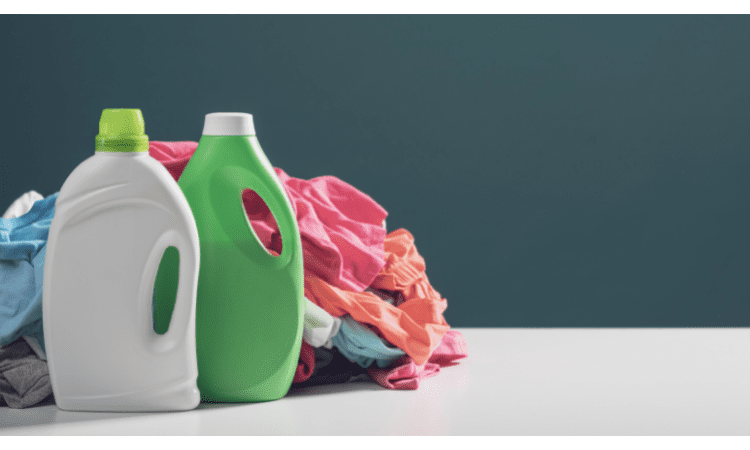
The most important thing when choosing the right detergent is to check the label. This will tell you exactly what kind of load you should use it in, based on factors like fabric type, temperature, and stain type. If a detergent is not specifically labeled for your machine’s wash cycle (for example, some high-efficiency machines only allow specific types of detergents), then that means it’s not meant to be used with those settings at all—so read carefully before buying.
If you have an older top loader washing machine and are trying to choose between a liquid or powder version of one brand’s detergent, you may want to go with the powder version if there’s any chance your machine might leak into surrounding areas; this could happen if there’s too much liquid inside during installation or after repeated uses over time.
Using too much or too little detergent
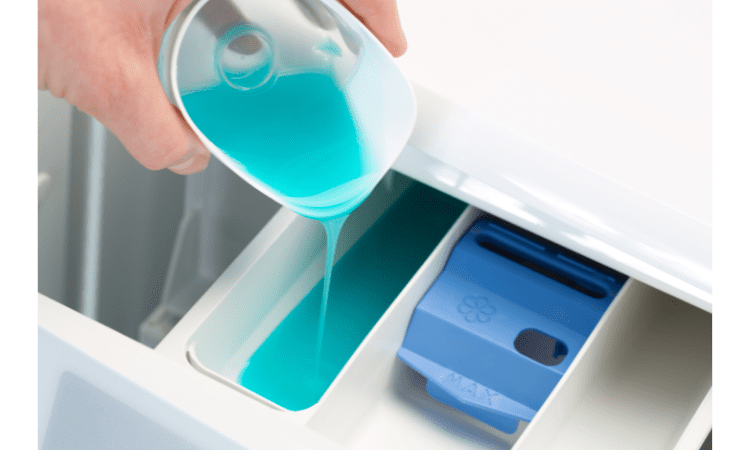
In order to get the best cleaning results, you need to use the right amount of detergent for your machine and load size. If you are using too much detergent, it can cause residue and soap scum. This will make your clothes feel rough and dull, and most likely leave behind a musty odor.
Too little detergent can cause poor cleaning or no cleaning at all! This can lead to dingy-looking clothes with an unpleasant smell.
If you find yourself having these problems, check the label on your bottle of clothes detergent for instructions on how much product is recommended for specific washer sizes and types (front-load vs top-load).
Take the time to pretreat stains
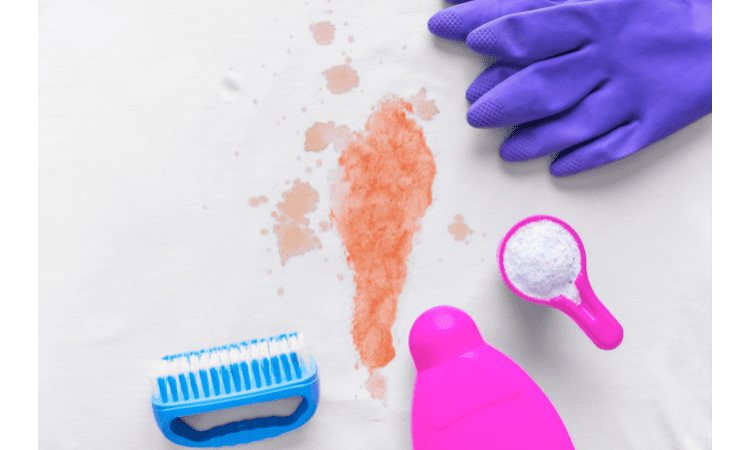
When you’re pretreating stains, it’s important to remember that the first step is to clean the stain. That means using another detergent or soap and water if you can. Then use your pretreatment product as directed on its label before washing the item with hot water and detergent.
You can pretreat many types of stains by hand or in a washing machine, but some stains require special treatment:
- On white fabrics: Use bleach specifically designed for whitening clothes in an amount recommended by package instructions (but no more than 2 tablespoons per gallon). Let stand 5 minutes before washing in warm water with detergent; do not use fabric softener or color-safe bleach unless recommended by package instructions; wash separately from other items until one week after bleaching has occurred.
- On colored fabrics: Use stain-removing liquid laundry bluing for white clothing; for colored clothing, treat like any other colored fabric (see above) unless otherwise noted on the product label; always follow manufacturer directions carefully when using chemical stain removers; wash separately from other items until one week after bleaching has occurred if using chlorine bleach.
Cloth Organization for Washing
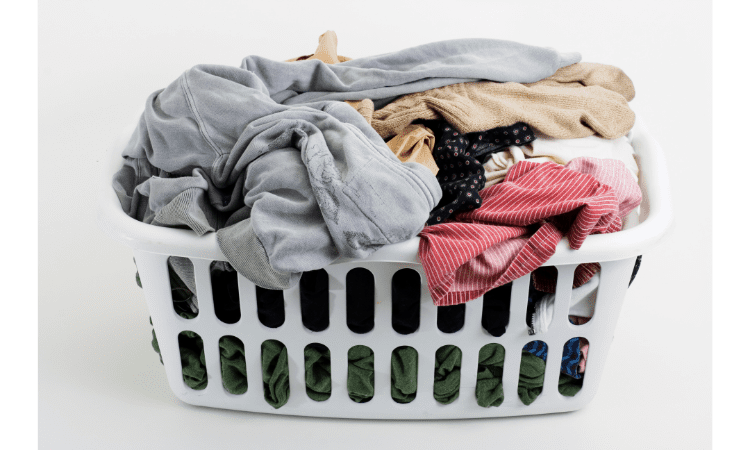
- Don’t mix delicate and heavy-duty clothes. Clothes that need to be washed in cold water, like those of the natural variety, should not be mixed with your dark or light clothes.
- Don’t mix dark and light clothes. This is a big no-no because when you do this, it can cause dye transfer from the dark fabrics onto the lighter ones. If you don’t want to end up with pink underwear after washing your black shirt in hot water, then don’t do this!
- Don’t mix synthetic and natural fibers together (unless they’re blended). Synthetic fabrics have less give than natural ones when wet so it’s best if you keep them separate because otherwise they’ll stick together during agitation cycles at high temperatures which will lead to pilling or damage over time due to friction between fibers.”
Know what not to wash in a washing machine.
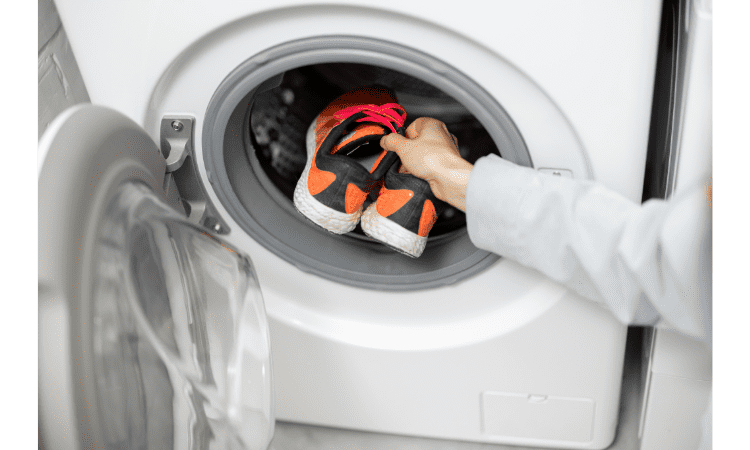
Whether you have an older washing machine or a newer model, it’s important to know what not to wash in the machine. Here are some common mistakes and how to avoid them:
- Do not wash delicate items in the washing machine. These include bras, underwear, lingerie, hosiery, and socks. If you have items made of delicate materials like silk or wool that require special care, take them to a professional cleaner who uses specialized equipment for hand-washing and gentle drying so they don’t shrink or become damaged by heat.
- Don’t wash clothes that have been worn in contact with body fluids such as blood or vomit because they may contain harmful bacteria. Instead, put them into two plastic bags (one inside the other) tied tightly shut before placing them into your trash can for sanitation pickup by city sanitation workers
Not cleaning your washing machine
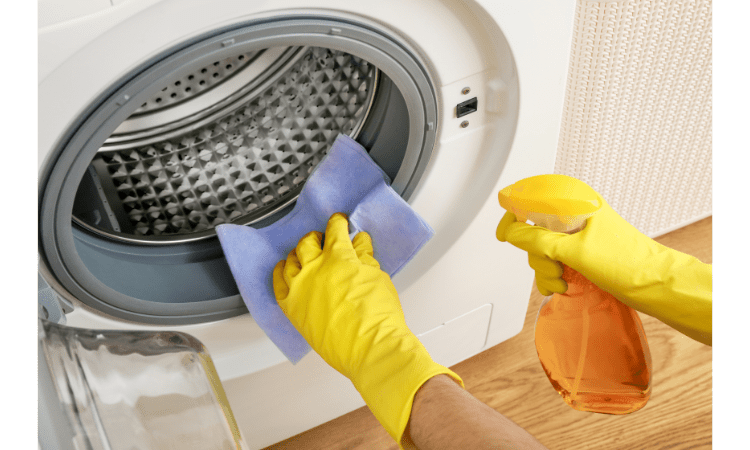
According to laundry expert advice, one of the most important things you can do to extend the life of your washing machine is cleaning it regularly. Washing machines are not completely waterproof, so they will get dirty over time. The internal mechanisms need to be cleaned regularly to avoid clogging and corrosion. If you don’t clean your washing machine regularly, it will become less efficient at cleaning clothes as well as prone to breakdowns and damage.
Using a mild detergent such as dish soap or vinegar should be sufficient for most washers, but if yours has a tougher stain check the manual first before using anything stronger than that – some manufacturers recommend using specific products designed specifically for their machines.
Never mix bleach and ammonia.
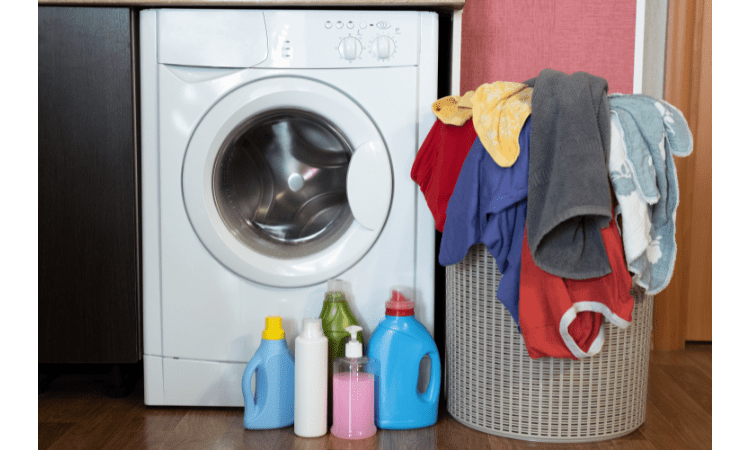
Never mix bleach and ammonia. These two chemicals are strong and can cause a toxic gas if mixed together. If you accidentally mix them, get out of the room immediately.
If you are exposed to the gas, get medical attention right away.
Leaving the damp clothes in the machine for long
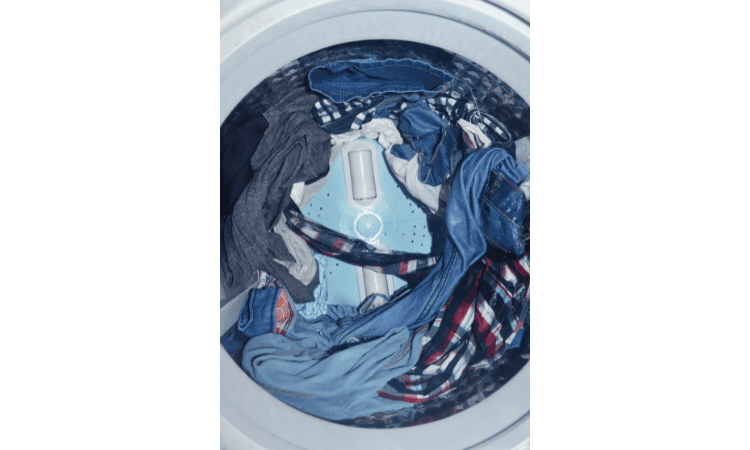
When you remove your clothes from the washing machine, they are usually still wet. You need to leave them in there for at least 30 minutes before taking them out and putting them on hangers. If you have a drying cycle on your washing machine, then it is advisable that you leave your clothes inside for at least 60 minutes. If your washing machine does not have a drying cycle, then 90 minutes would be ideal. To ensure that no mildew develops, make sure that all parts of each garment are completely dry before going into storage or packing away.
Dry clothes in an open space.
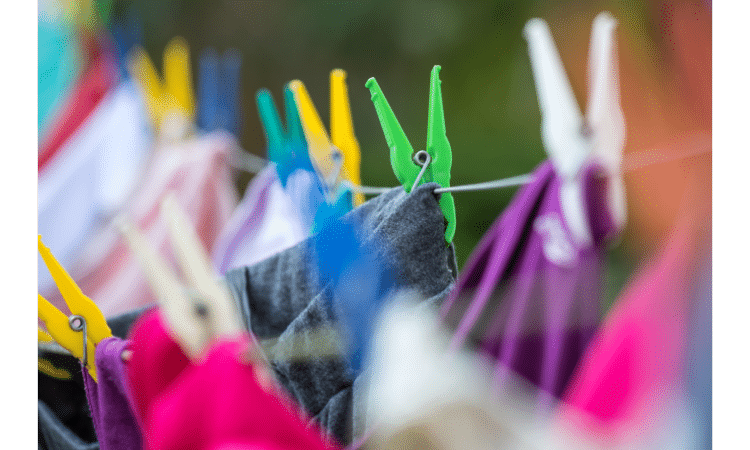
If you want to dry your clothes in the sun, hang them on a clothesline. If you want them to dry in the wind, hang them from a drying rack. You can also use both methods at once for maximum efficiency.
Additionally, if you like to be able to see what’s going on (for example, if you’re avoiding that dreaded “clothes shrink” phenomenon), try hanging your clothes in an open space where they’ll get plenty of sun and air movement. If this isn’t possible because of weather conditions or other reasons, try using a drying rack indoors instead of just tossing everything into the dryer.
Conclusion
Although most people think that laundry care tips are not a big deal, it is actually very important. You need to have clean clothes and if you do not know how to wash them properly then you will damage your fabrics and make them look old. This article was created with the aim of helping people learn how they can wash their clothes in an effective way while still maintaining their quality.
Also Read: How to Remove Hard Water Stains











